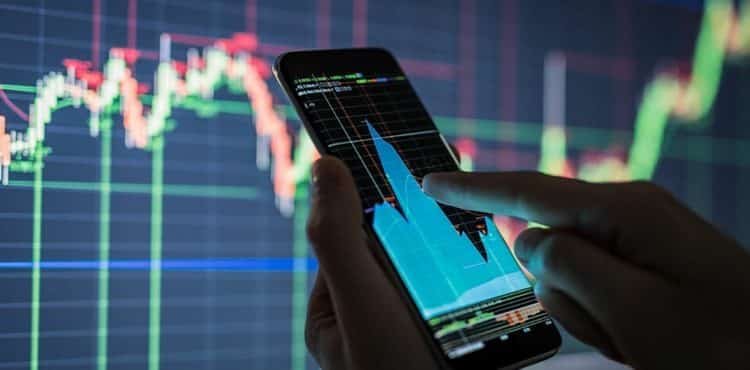Trading bots are computer programs that analyze market data and execute trades automatically. As these bots are capable of operating 24 hours a day and 7 days a week, they are valuable tools for traders who wish to capitalize on market opportunities at any time.
Key components of an adaptive trading bot
- Data collection and analysis – To create a bot that adapts to changing market trends, you need to start with a robust data collection and analysis system. The bot should then process this information to identify patterns and trends.
- Machine learning algorithms – Incorporating machine learning algorithms into your trading bot can significantly enhance its ability to adapt to changing market conditions. These algorithms can learn from historical data and adjust their trading strategies accordingly.
- Risk management – An effective trading bot must have robust risk management features. This includes setting stop-loss orders, limiting trade sizes, and diversifying investments across different assets or markets.
- Performance monitoring and optimization – Regularly monitoring your bot’s performance and optimizing its strategies is crucial for long-term success. This involves tracking key metrics such as win rate, profit factor, and drawdown.
Steps to create an adaptive trading bot
- Define your trading strategy – Before you start coding, clearly define your trading strategy. Entry and exit rules, position sizing, and risk management parameters should be included.
- Choose your programming language and framework – Select a programming language and framework that suits your needs. Popular options include Python with libraries like NumPy and Pandas for data analysis and frameworks like Backtrader or Zipline for backtesting and live trading.
- Implement data collection and preprocessing – Develop a system to collect and preprocess market data. This may involve connecting to APIs provided by exchanges or data providers.
- Design and implement your trading algorithm – Create the core logic of your trading bot based on your defined strategy. This should include functions for analyzing market data, generating trading signals, and executing trades.
- Incorporate machine learning – Integrate machine learning algorithms to enhance your bot’s adaptability. In order to optimize trading decisions based on historical and real-time data, techniques such as reinforcement learning or neural networks might be used.
- Implement risk management features – Add robust risk management features to protect your capital. This includes setting stop-loss orders, position sizing rules, and diversification strategies.
- Develop a backtesting framework – Create a backtesting system to evaluate your bot’s performance on historical data. This will help you refine your strategy and identify potential issues before deploying the bot in live markets.
- Set up performance monitoring and logging – Implement a system to monitor your bot’s performance and log important events. This will help you track its effectiveness and make necessary adjustments over time.
- Deploy and test in a live environment – Once you’re satisfied with your bot’s performance in backtests, deploy it in a live trading environment. Start with small trade sizes and closely monitor their performance.
- Continuously optimize and adapt – Regularly review your bot’s performance and make necessary adjustments to ensure it remains effective in changing market conditions.
As you develop your adaptive trading bot, you may come across various tools and resources, including verified forex ea solutions. These can provide valuable insights and inspiration for your bot development process. Creating a trading bot that adapts to changing market trends is a complex but rewarding endeavour. Successful trading requires ongoing learning and adaptation, whether you’re using a bot or trading manually. Stay informed about market developments, continue to educate yourself, and always prioritize risk management in your trading activities







